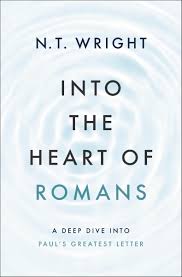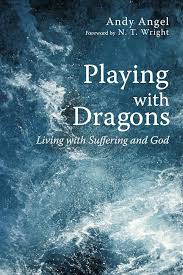A skinny twenty-two-year-old was freezing in Chicago one November day in 1986. It was 10o. A recent college graduate, he was depressed and had lost fifty pounds. A few years earlier his father and brother had died in a crash. He kept going to Mass for a while, but he had become an atheist. He was angry and certain God didn’t exist.
He had spent much of his time in college smoking weed and reading books. Eventually he stopped smoking pot because it got in the way of his reading. In college it had been kind of cool to be an atheist. He liked nurturing the image of an intellectual. Despite his depression and smoking habit, he got good grades.
Now he had a job in Chicago. As he walked in the frigid weather, someone from the Gideons handed him a free copy of the New Testament with Psalms and Proverbs. It was small, about the size of a pack of cards. It had a green cover with a pebble finish. It was so cold that the book was frozen. He had to slap it on his knee to get the pages to open.
In the back he saw a listing of what to read when you have certain feelings or problems. “Anxiety” caught his eye. The listing directed him to Matthew 5–7, and he began reading the Sermon on the Mount. It struck him profoundly, speaking to him directly. He was amazed by how easy it was to take in and how true it seemed.
Do not be anxious about your life, what you shall eat or what you shall drink, nor about your body, what you shall put on. Is not life more than food, and the body more than clothing? Look at the birds of the air: they neither sow nor reap nor gather into barns, and yet your heavenly Father feeds them. Are you not of more value than they?And which of you by being anxious can add one cubit to his span of life?And why are you anxious about clothing? Consider the lilies of the field, how they grow; they neither toil nor spin; yet I tell you, even Solomon in all his glory was not arrayed like one of these. (Matt 6:25-29)

Shortly after that he lost the book. The following week he was on a bus going to a job when he noticed that the girl next to him was reading a similar edition. “I had one of those but I lost it,” he told her.
“Oh, here,” she said, “take mine.” He has had that copy with him for the last forty years. He carries it with him in his bag wherever he goes. He doesn’t know who that girl was, but Stephen Colbert still has her edition with her underlines and her notes on the gospels.
Colbert is one of the most well-known entertainers in the country. Unusual for someone in that industry, he has been quite public about his Catholic faith and how it affects his life, his ideas, and how he interacts with people–a faith he renewed after two people took time to connect with him.
When we encounter a waitress with a blank look on her face, when we see someone in line at the store who is disorganized, when we sit next to a skinny kid on a bus—we have no idea who we may be talking to. We may think we know who these people are, but we would be wrong.
Unless we talk to them. Ask some friendly questions. Act with generosity. Treat them like human beings. And not put them in a box.
It could change their life. And ours.
—
Note: Stephen Colbert tells this story on a July 7, 2025, podcast, The Spiritual Life with Fr. James Martin, S.J., which you can listen to here on Apple Podcasts or watch here on YouTube. I recommend listening to the whole interview.










